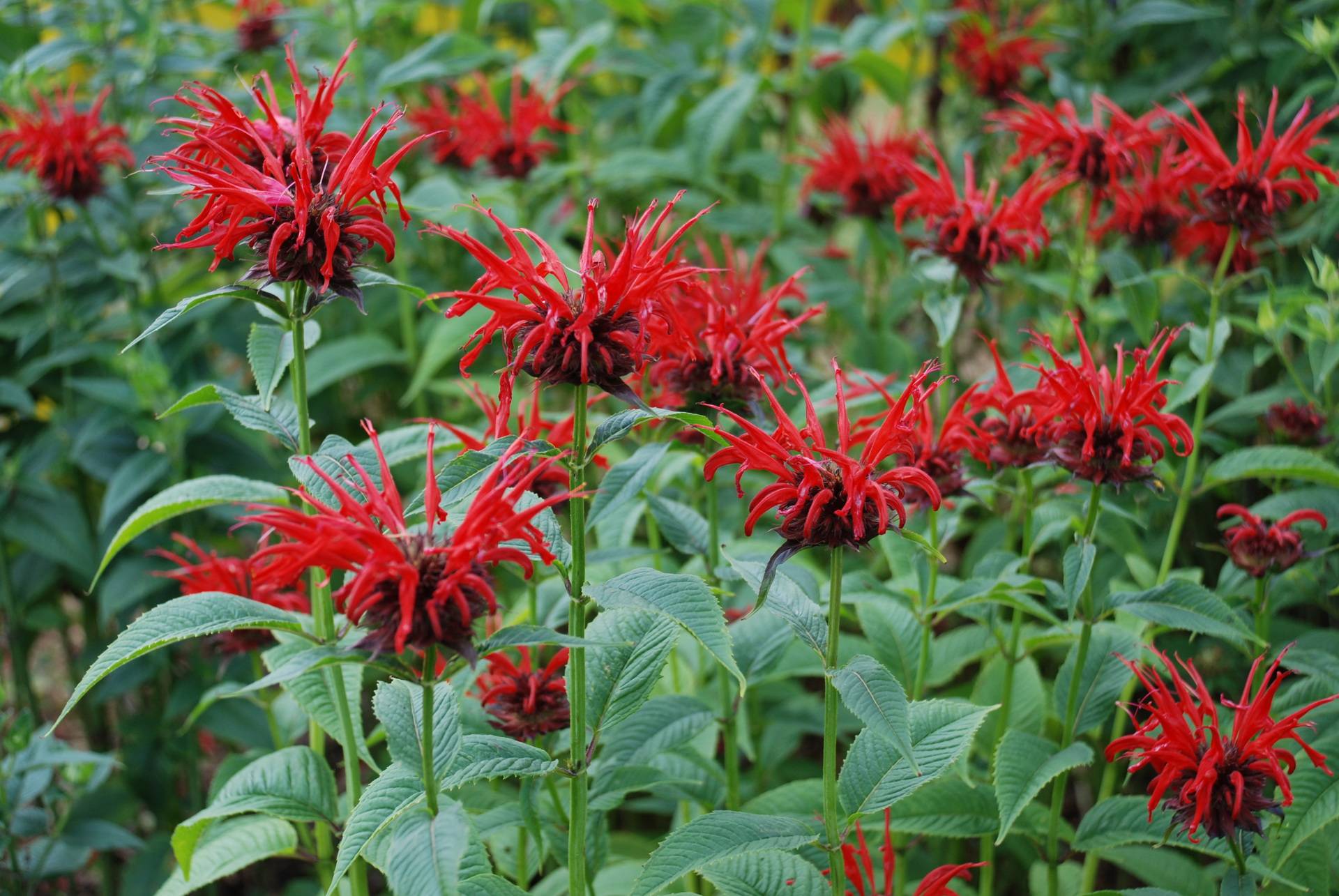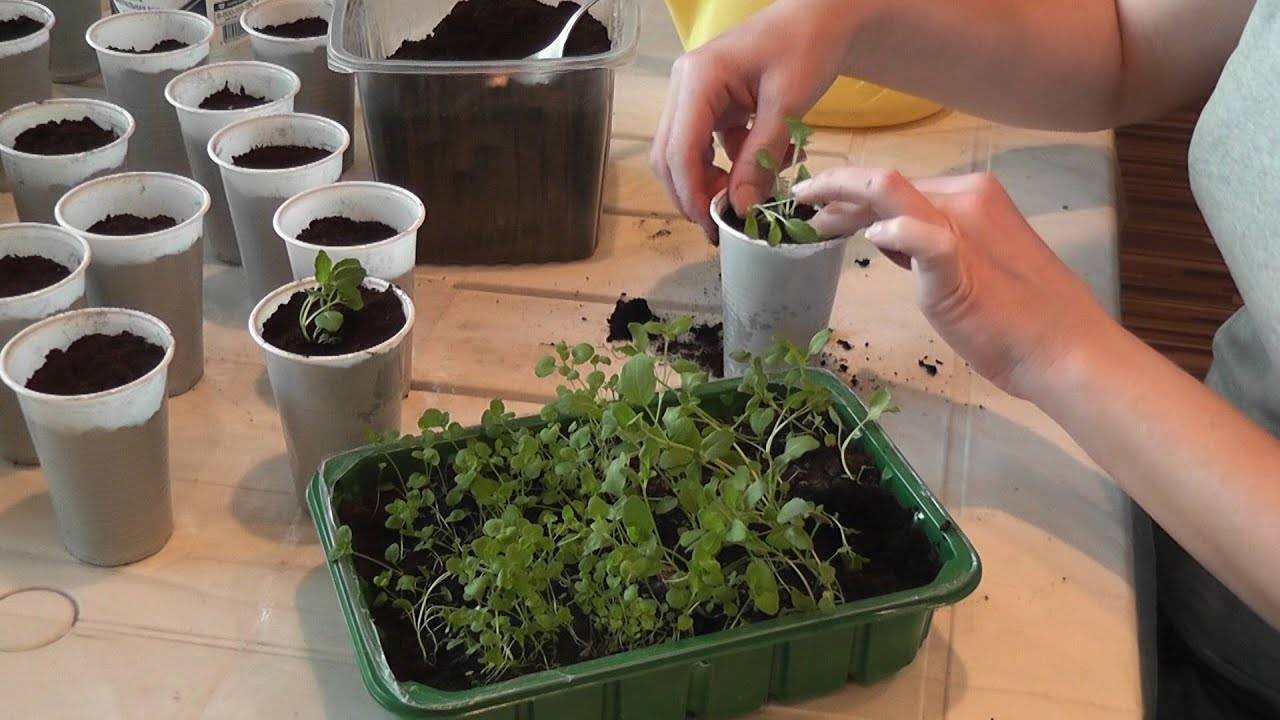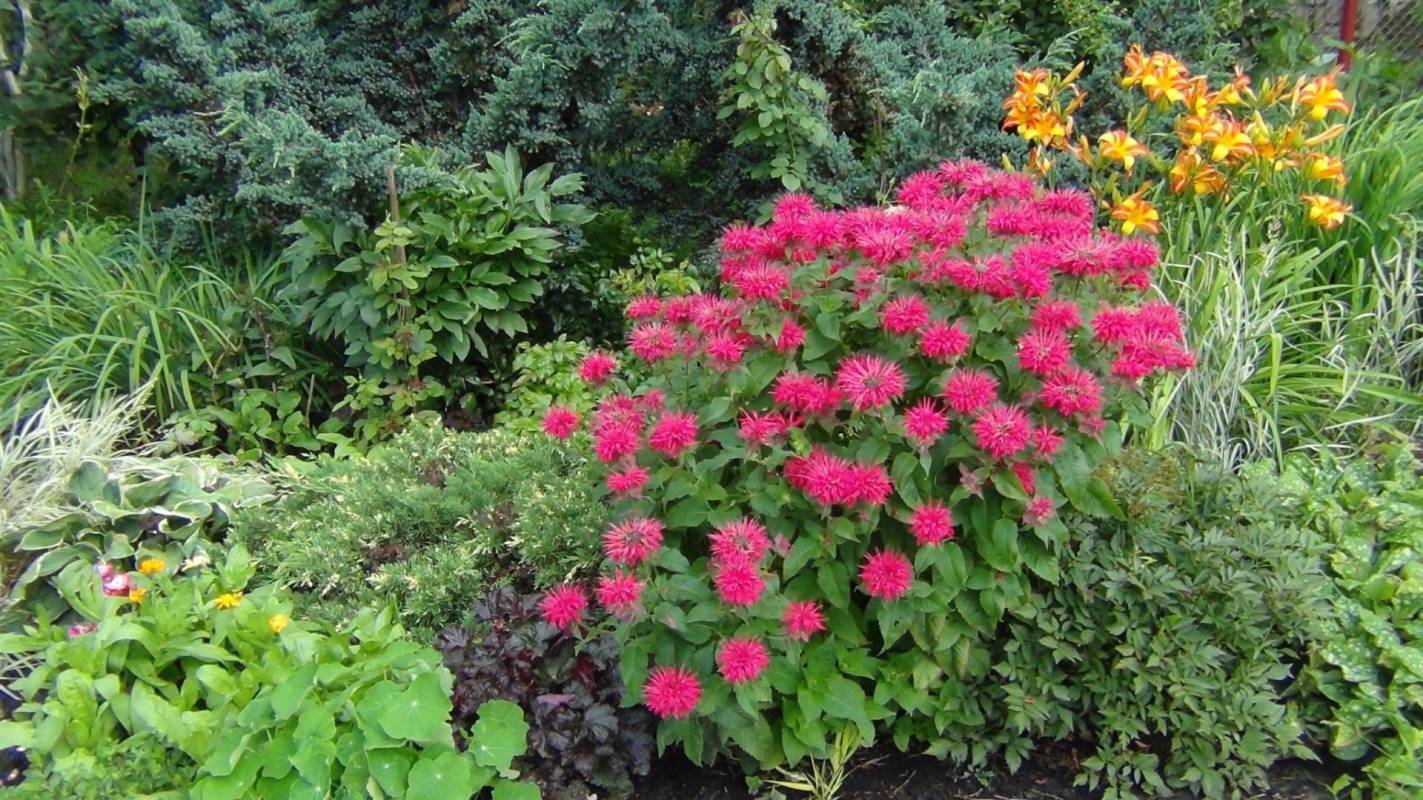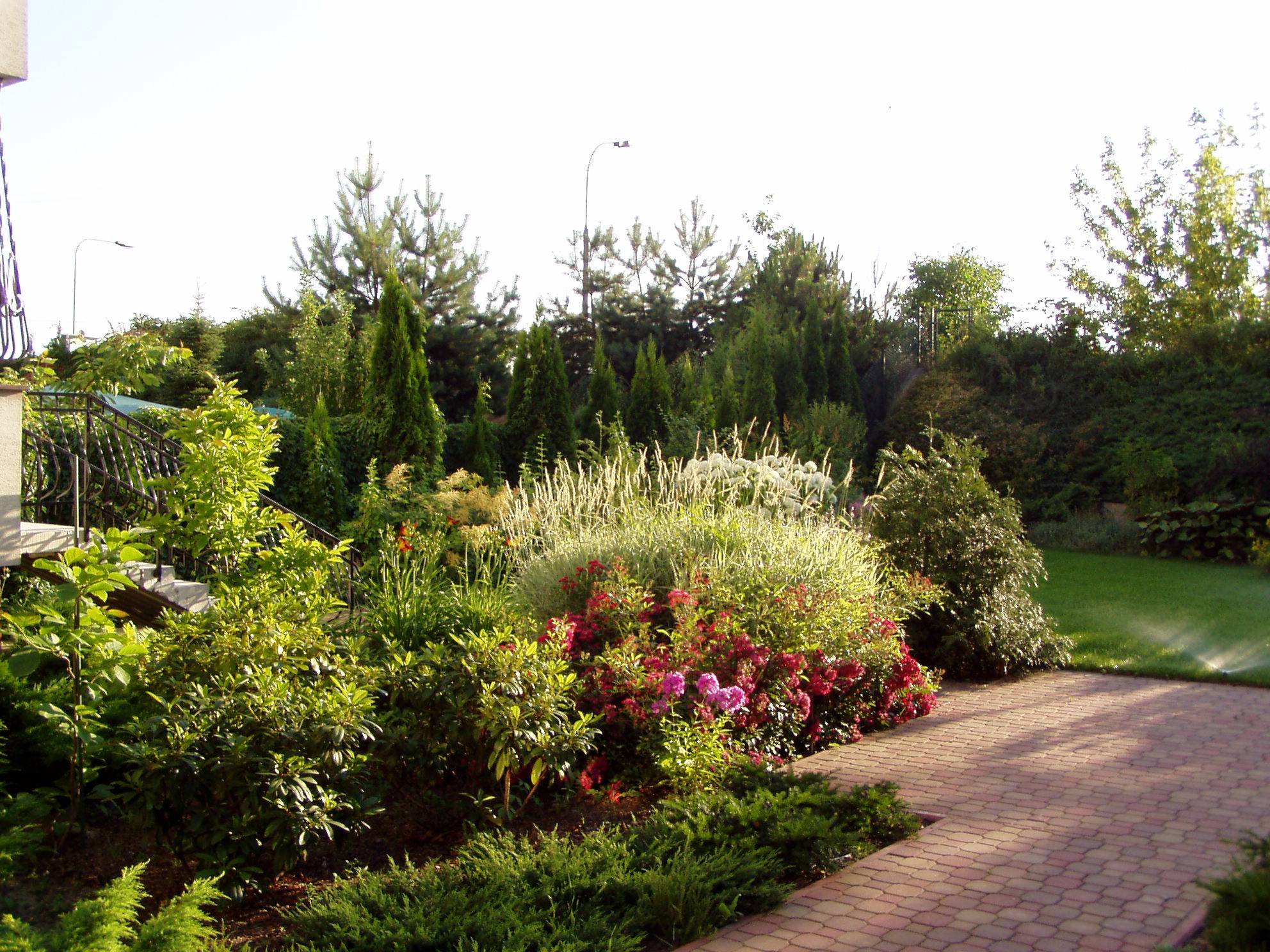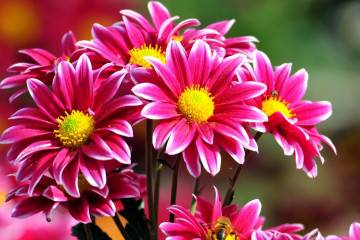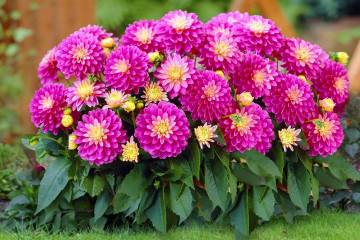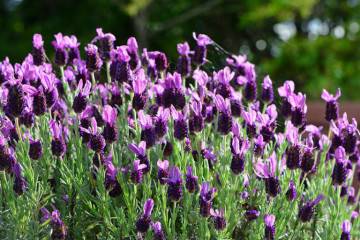Monarda - planting and care in the open field
Content:
Despite the fact that the homeland of the flower is North America, our compatriots are also actively growing it on their personal plots. The description of the monarda speaks not only of its excellent decorative qualities, but also of the importance of flowers in cooking, namely, in the preparation of spices and drinks.
Characteristics of Monarda: varieties and varieties
Monarda can be an annual plant and a perennial. Its branches are erect or branched, reaching a length of one and a half meters. The leaves are straight, somewhat oblong, there is a serration at the edges. During the flowering period, the plant is covered with small flowers, which can be purple, white, pink, red or yellow. The diameter of the inflorescence reaches 7 cm. Such flowers on a branch are formed one above the other. After flowering, fruits appear in the form of a nut, the seeds of which retain their germination for as long as 3 years.
The flowers of the plant are not only attractive in appearance, but also have an amazing aroma. Monarda is a good honey plant, its flowers are used as a spice and added to tea for a pleasant taste and aroma of the drink.
Gardeners grow a considerable number of varieties of this plant. Among annuals and perennials, there are leaders in popularity. The favorites among annual varieties include:
- lemon. This monard grows up to a meter in height, the flowers are lilac in color. The plant contains essential oils that can be compared to the oils of peppermint, basil or lemon balm. This variety is especially appreciated as a spice;
- point. The people can hear such a name as "horse mint". The bush reaches a height of 80 cm. The variety is especially appreciated for its decorative effect, the bracts are painted in a beautiful orange color.
Among the perennial monarda it is worth noting:
- tubular. The height of the bush can reach 120 cm. The leaf has a velvety surface, its edges are serrated. The inflorescences have a red bracts, and they themselves are painted in a lilac shade;
- double. The height of the flower reaches 80 cm. The length of the leaf is about 12 cm, it has an oval shape and a pointed tip. The diameter of the inflorescence is 6 cm. The bract and the flowers themselves have a purple hue;
- hybrid (monarda hybrida). Under this name, plants are combined that were obtained by crossing a tubular and double monarda. The height of hybrid varieties usually reaches a meter. Flowers can be painted in a wide variety of shades.
Popular varieties can also be called Fireball, Spice, Gadenvie, Lace, Lisa, Mona, Pink, red monard, Cambridge monard, Scarlet, terry fairy tale monard, Bi Pue monard and others. Any variety requires proper planting and further care. Only in this way can you get a truly beautiful ornamental bush on your site.
Planting a plant
Monarda planting and care in the open field is not difficult. Before starting work, it is important to select an area with light calcareous soil. You cannot plant a plant in damp and acidic soil, there it will not be able to develop and grow normally.
Seed planting
In the southern regions of our country, the seeds of this plant can be sown directly into open ground.Sowing is necessary in February, choosing good and clear weather. The next few cold months, the seeds will undergo the most natural stratification. In April, new seedlings will appear together, which should be immediately thinned out. If there is still snow on the site, it must be removed. After that, the soil is covered with a film so that it warms up well.
Before sowing, sand should be added to the soil and loosened. The seeds are also mixed with coarse sand in a ratio of 1: 4 and sown. The seeds should not be deepened more than 25 mm. Sowing in open ground is sometimes carried out in the fall. In the spring, shoots will be visible, which will only have to be planted. A year after sowing, the monarda will get stronger and bloom enough. Seedlings will appear slowly, so be patient.
Planting seedlings
Growing a monard flower is also possible in a seedling way. In order for young plants to be ready for transplanting into open ground in spring, seeds should be sown in late January or early February. To do this, use boxes filled with soil mixture for vegetable crops. The seeds are deepened to a depth of 20 mm. The container with plantings is placed in a greenhouse, the temperature in which should not fall below 20 degrees Celsius. After 20 days, the first seedlings will be visible, the pick is carried out in another 20 days.
Watering and loosening the soil
Although these flowers are watered systematically, the volume of water should be small. You need to be especially careful with watering on hot days, otherwise the monard can get sick with powdery mildew. If the intense heat persists for many days in a row, watering is carried out daily. If the summer is hot and long, it is better to accompany the planting of the monarda and its cultivation with a mulching layer so that the moisture remains longer. Periodically, you need to loosen the soil around the plant, as well as weed and remove weeds.
In order for the plant to grow and develop well, it needs to provide the following care:
- fertilization of mineral and organic composition;
- regular watering;
- loosening the soil around the flower and removing weeds;
- prevention of diseases in the spring with the use of copper sulfate and foundation.
Reproduction methods
The flower can be propagated by seeds, but the new plants do not retain varietal characteristics. For this reason, many experienced gardeners recommend propagating the monarda by the usual division of the shrub. In this case, the plant must be at least 3 years old. The division of the bush can be carried out in the spring, not earlier than April, or when the soil is already well warmed up. The bush is removed from the soil, the roots are washed under water and the plant is neatly divided into equal parts.
The resulting plants can be planted in a permanent place of growth. Gardeners often carry out such a transplant, since the new planted divisions grow extremely quickly. In addition to the method of division, another method of reproduction of monarda is also used - cuttings. In this case, there is one condition: you can take cuttings only from green twigs until the moment the plant bloomed. The length of the handle should be between 8 and 10 cm.
On cuttings, all the lower leaves are broken off, and the upper ones are shortened by a third. The boxes are filled with coarse moistened river sand, a prepared cutting is placed in it. Containers with landings are covered with foil and put away in a dark place. Within a few weeks, these plants will take root. In the middle of summer, ready-made cuttings can be planted in open ground.
Top dressing and fertilizers
Monarda needs to be fed in the spring during the flowering and growing season. Fertilizers will also be needed before the dormant period and at the time of regrowth of new branches. In the spring, complex mineral compositions are used, they are introduced directly into the soil under the flower.Re-feeding should be repeated after a few weeks.
In the fall, Monarda needs potash and phosphorus formulations, but only of prolonged action. Dry granules are introduced into the soil, where they will gradually dissolve and penetrate deep into the ground. By spring, nutrients will accumulate in the plant, which will give a beautiful and long flowering.
During the growing season, you can use foliar dressing, for example, spraying foliage with formulations with beneficial trace elements. In summer, at particularly high temperatures, it is possible to protect the plant from stress by treating the green mass with Epin's solution.
Plant transplant
If scientific reference books say that in one place a monard flower can grow quietly for 5 years, then in fact, already in the third year, the center of the bush becomes rare, the stems are thin and flexible. At this time, the flower requires rejuvenation. In addition, highly fertile soils accelerate the aging process of the plant. How long the planting will be depends on the type of shrub. For example, the undersized fisty monard does not form superficial rhizomes and is able to maintain its decorative effect for a longer time.
Pests and diseases
This plant is quite resistant to diseases and insects. If the planting and subsequent care were carried out correctly, the monard will almost never get sick. Sometimes the flower can be subject to a disease such as powdery mildew, this is due to insufficient watering during especially dry periods. It is very simple to eliminate this problem and rid the plant of the disease - it is enough to restore regular watering.
In rare cases, the monarda plant can suffer from rust and mold. Preparations with copper in their composition will help get rid of problems. Onion or tomato tinctures are quite effective. This is especially true if the stems or leaves of the plant are planned to be used in cooking in the future.
Flowering period and care
In order for the monarda bush to please not only with colorful greenery, but also with abundant flowering, the shrub needs additional feeding. The plant blooms in the second half of summer. In total, the flowering period takes about 50 days. At this time, feeding is not worth it. You can only carry out preventive measures to relieve stress from the sultry heat if the summer is too hot. Excess fertilization has the opposite effect, and the flowering becomes scarce.
Otherwise, care during the flowering period is not much different from the usual. You need to water the plant regularly, it is better to do it daily and in small portions of water. Pruning the plant is not recommended, you can only spread a layer of mulch around the bush to retain moisture for a longer period.
After flowering, fruits with seeds are formed. They can be harvested and sown directly into open soil. You can even grow seedlings from them for the next planting season. Seed germination lasts for 3 years.
Preparing for winter
Preparing for the winter season will not be too difficult. If the flower seeds are not useful to the gardener, then they can be left on the bush to feed the birds. If a one-year monard was planted, then you need to remove its remnants from the site and prepare the soil for planting a completely different culture. Perennial species are particularly frost-resistant. Plants can withstand temperatures as low as -25 degrees. If sufficient precipitation in the form of snow is not expected in winter, then it is better to cover the site or planting of monarda with spruce branches or a good layer of mulch.
Use in landscape design
Monarda is an attractive and vibrant plant. The flower is actively used in landscape design. As a single plant, it is planted near various buildings or against the background of a bright lawn. The plant is often planted together with other flowers in a flower bed or in a flower garden. In the alpine slides, the monarda is used to decorate the background. Low-growing varieties look good in pots or decorative containers.
Useful properties of the monarda plant
In addition to beauty, the monard has useful properties, which is its important advantage. Experienced botanists say that the monarda is closely related to mint.
The plant has a persistent and pleasant odor, which makes it suitable for cooking. Also, this flower is used to make delicious tea and wine. In ancient times, the monarda flower was still grown and used to reduce the temperature or relieve pain. This shrub helped to relieve sore throat and lung diseases.
The planted monard can become the central decoration of even the most inconspicuous area. In addition to their decorative properties, gardeners obtain fragrant and healthy leaves that can be used in making delicious tea.
